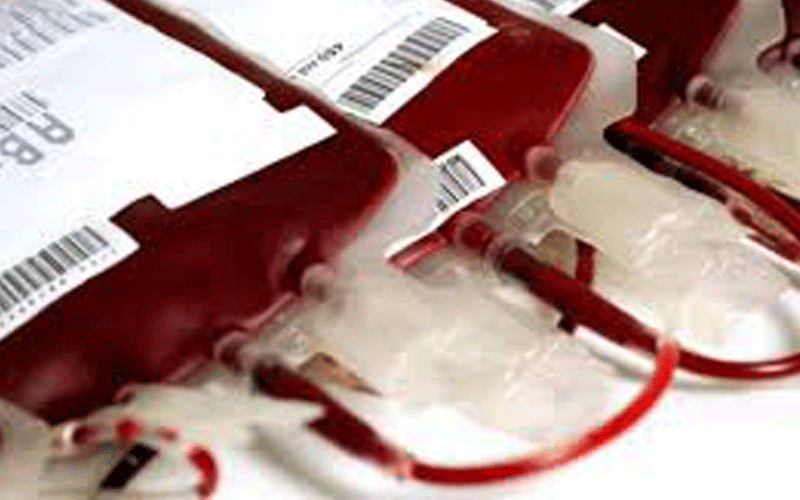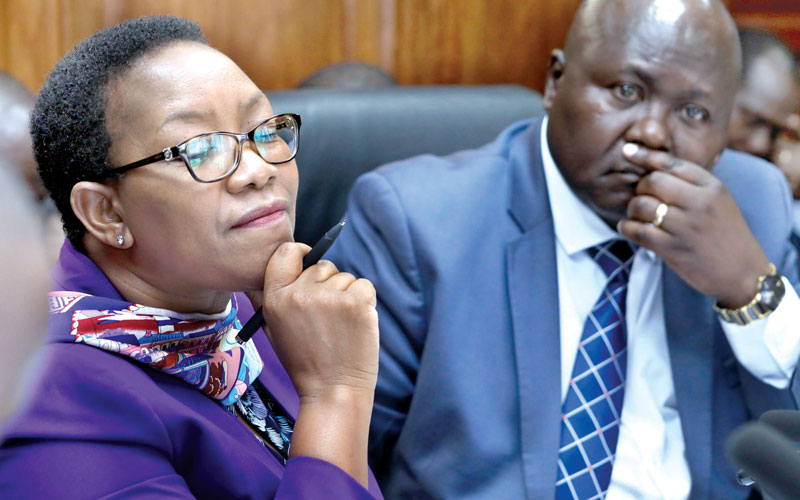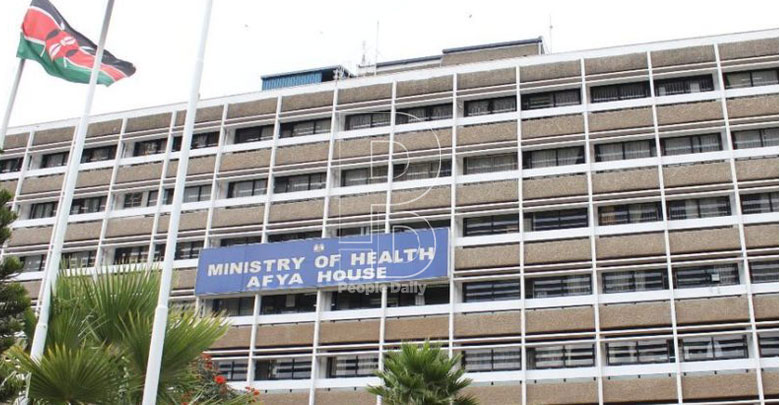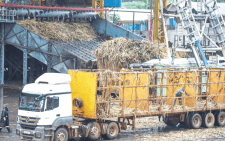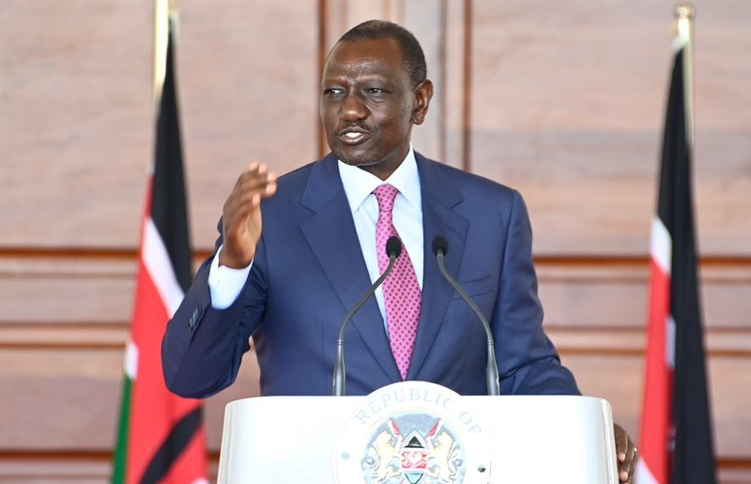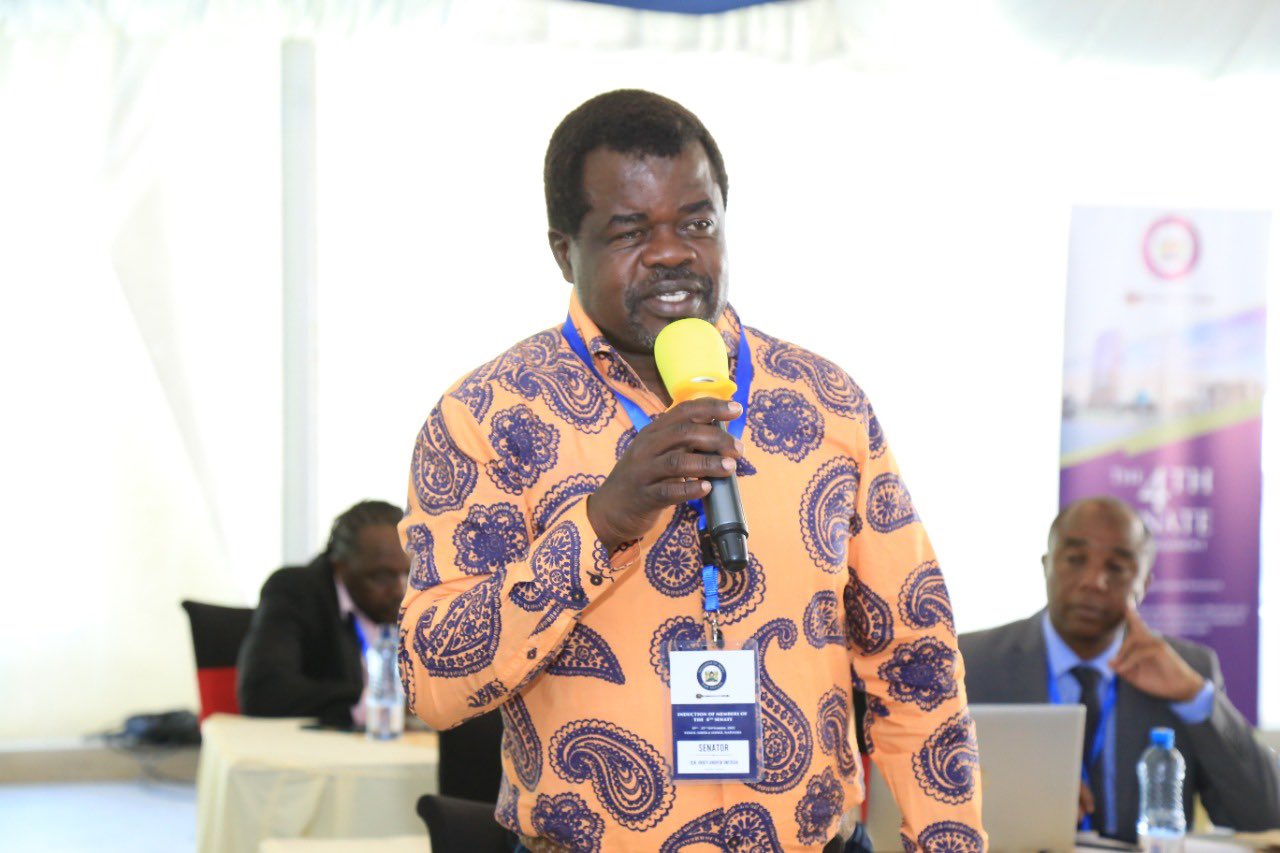Health sector characterised by wins and misses in 2019

1. Cancer concerns
In 2019, the focus was on cancer, with the government on the spot over little investment to combat the third leading cause of deaths in the country.
Statistics presented a grim picture, indicating 27,000 Kenyans lose their lives to cancer every year and 48,000 new cases are reported each year.
Besides low resource allocation, other factors included delay in diagnosis, lack of capacity of healthcare officers in addressing cancer and emerging issues surrounding it as well as centralisation of treatment.
This translates to high costs of treatment, forcing Kenyans to head out of the country for alternatives.
2. Blood products
The withdrawal of funding by the American government spelt doom for blood banks, leading to paralysis of services in health facilities including atJaramogi Oginga Odinga Rererral Hospital in Kisumu where complex surgeries were suspended.
In September, Health CS Sicily Kariuki acknowledged the shortage of blood, saying only 170,000 units are donated annually when the country needs at least 900,000 units.
3. Malaria vaccine
In a bid to focus on preventative healthcare, Kenya took part in a series of vaccination projects. It was one of the three countries on the continent, besides Ghana and Malawi to launch the malaria vaccine.
The vaccine, launched in Homa Bay in September, is available for children aged six months and above in Kisumu, Migori, Siaya, Busia, Bungoma, Vihiga and Kakamega, where the disease is in high transmission.
4. HPV vaccine
Although riddled with controversy, the country launched the Human Papilloma Virus (HPV) vaccine, making it one of the 16 countries on the continent to introduce it as part of its routine immunisation schedule.
It is targeted at girls aged 10, and is administered for free to help prevent cervical cancer, the most common form of cancer between girls and women aged 15-44.
However, the Kenya Catholic Doctors Association expressed concern over severe side effects of the vaccine despite assurances by the health ministry that it is safe and effective.
5. Anti-microbial resistance
Rising concerns over resistance anti-microbials such as antibiotics took centre stage in 2019, with the World Health Organisation (WHO) highlighting that deaths arising from Anti-microbial resistance would rise to about 10 million people by 2050.
Locally, experts attributed this to expensive healthcare that limits patients from seeking doctor consultation, leading to dependence on over-the-counter medication.
They called for collaborative effort in various sectors including health and agriculture in the appropriate use of antimicrobials.
6. Mental health
The WHO estimates that about 800,000 people die of suicide every year, with a higher number of attempted suicide. For this reason, the Mental Health Day theme of the year was suicide prevention.
In Kenya, 421 people died of suicide in 2017, with 330 being men. The National Crime Research Centre places Nyamira as the county with the highest rate of suicide attempts.
Mental health experts and activists called for support from family and friends and debunking of myths that make access to psychological support difficult or expensive.
7. Health Funding
As healthcare costs keep rising, and donor funding reducing, 2019 saw the country commit to alternative interventions to address the high out-of-pocket expenditure.
In November, Kenya pledged Sh500 million to the Global Fund, a partnership established to accelerate elimination of Aids, tuberculosis and malaria.
The Universal Health Coverage pilot is underway in four counties: Kisumu, Machakos, and Nyeri selected because of high cases of HIV/Aids, injuries from accidents, and non-communicable diseases respectively and in Isiolo to address healthcare for nomadic communities to grant accessible healthcare without financial burden to patients.
The project has seen wins and misses, with increased number of patients and stretched resources topping the list respectively.
8. Malnutrition
The United Nation’s Children’s Fund highlighted that number of food insecure people in the country increased to 2.56 million in August from 1.1 million in February, with counties affected including Narok, Kajiado, Nairobi, Garissa, and Mandera.
About 70,000 children were treated for malnutrition between January and September. Kenya pledged to reduce childhood malnutrition and stunting to 14.5 per cent by 2030.
